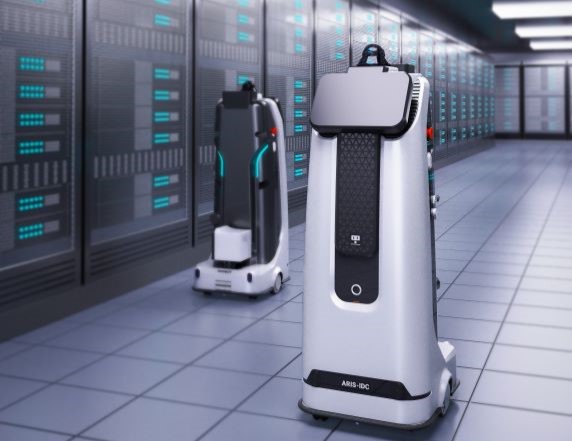© © 2025 Copyright © Youibot Robotics Co., Ltd. All rights reserved.SitemapPrivacy Policy
Intelligent inspection robots have become a game-changer in industries worldwide, thanks to their efficiency and reliability in handling repetitive or hazardous tasks previously done by human workers. However, implementing these robots is not without its challenges. From technical issues to logistical hurdles, companies often face obstacles when trying to integrate this technology into their workflow. In this blog post, we'll explore the various challenges that industries encounter when implementing intelligent inspection robots and the innovative solutions being employed to overcome them. Through examples such as warehouse inventory management, IDC inspection solutions using vertical lift inspection robots, and fulfillment solutions using assistant picking robots, we'll highlight how businesses are successfully leveraging this technology to streamline operations and boost productivity. Join us as we delve into the exciting world of intelligent inspection robots and discover how they're transforming various industries.
Intelligent inspection robots are advanced machines that have become increasingly important in various industries due to their ability to perform repetitive or dangerous tasks efficiently and accurately. These robots use machine learning algorithms, artificial intelligence, and other cutting-edge technologies to process vast amounts of data and make informed decisions. They can be used for a wide range of applications, including quality control, safety inspections, inventory management, and more. As such, they have become indispensable assets in many industries, where they help reduce the risks associated with human error and improve productivity.

Despite their numerous advantages, implementing intelligent inspection robots can be challenging for businesses. One of the most significant challenges is cost - these robots can be expensive, especially when considering the cost of maintenance and upgrades over time. Additionally, companies may face logistical hurdles in terms of integration with existing systems and processes. Integration challenges can include compatibility issues, employee training, and data management. Finally, there may be regulatory and legal barriers to consider, as some industries operate under strict guidelines regarding automation and robotics.
One area where intelligent inspection robots have been successfully implemented is warehouse inventory management. These robots can be used to automate inventory tracking, reducing the need for manual counting and increasing accuracy. They can also scan barcodes, identify damaged or missing products, and generate reports on inventory levels. With this technology, businesses can optimize their supply chain operations, minimize errors, and increase overall efficiency.
The vertical lift inspection robot can be operated 24/7, providing businesses with round-the-clock IDC operation and maintenance management. This technology has proven to be invaluable in improving safety, reducing downtime, and ensuring optimal performance of critical components within the internet data center. With IDC robotics automation adapted to various data centers, businesses can optimize their operations, minimize errors, and increase overall efficiency. The implementation of these robots has led to significant improvements in the internet data center industry, ensuring that businesses can continue to operate safely, efficiently, and profitably.
Intelligent inspection robots can also be used in fulfillment centers for e-commerce companies. Assistant picking robots can navigate warehouses, retrieve items, and transport them to packing stations. This reduces the need for human workers to perform repetitive tasks and allows employees to focus on higher-level activities like management and customer service. The use of these robots has been shown to improve accuracy, speed up order fulfillment, and reduce labor costs.
implementing intelligent inspection robots in various industries can bring significant benefits, such as improved quality control, increased efficiency, and reduced costs. However, this implementation comes with its own set of challenges, including high costs, technical complexity, and regulatory compliance. To overcome these challenges, industries should consider partnering with experienced robotics companies to customize solutions to their specific needs, prioritize worker training and engagement, and stay up-to-date with evolving regulations. By doing so, industries can reap the full potential of intelligent inspection robots while ensuring a safe and compliant work environment.
Whether you are in manufacturing, or any other industry that values quality control and efficiency, finding the right robotic solution can help you achieve your goals and stay competitive in today's rapidly changing landscape.
By continuing to use the site you agree to our privacy policy Terms and Conditions.